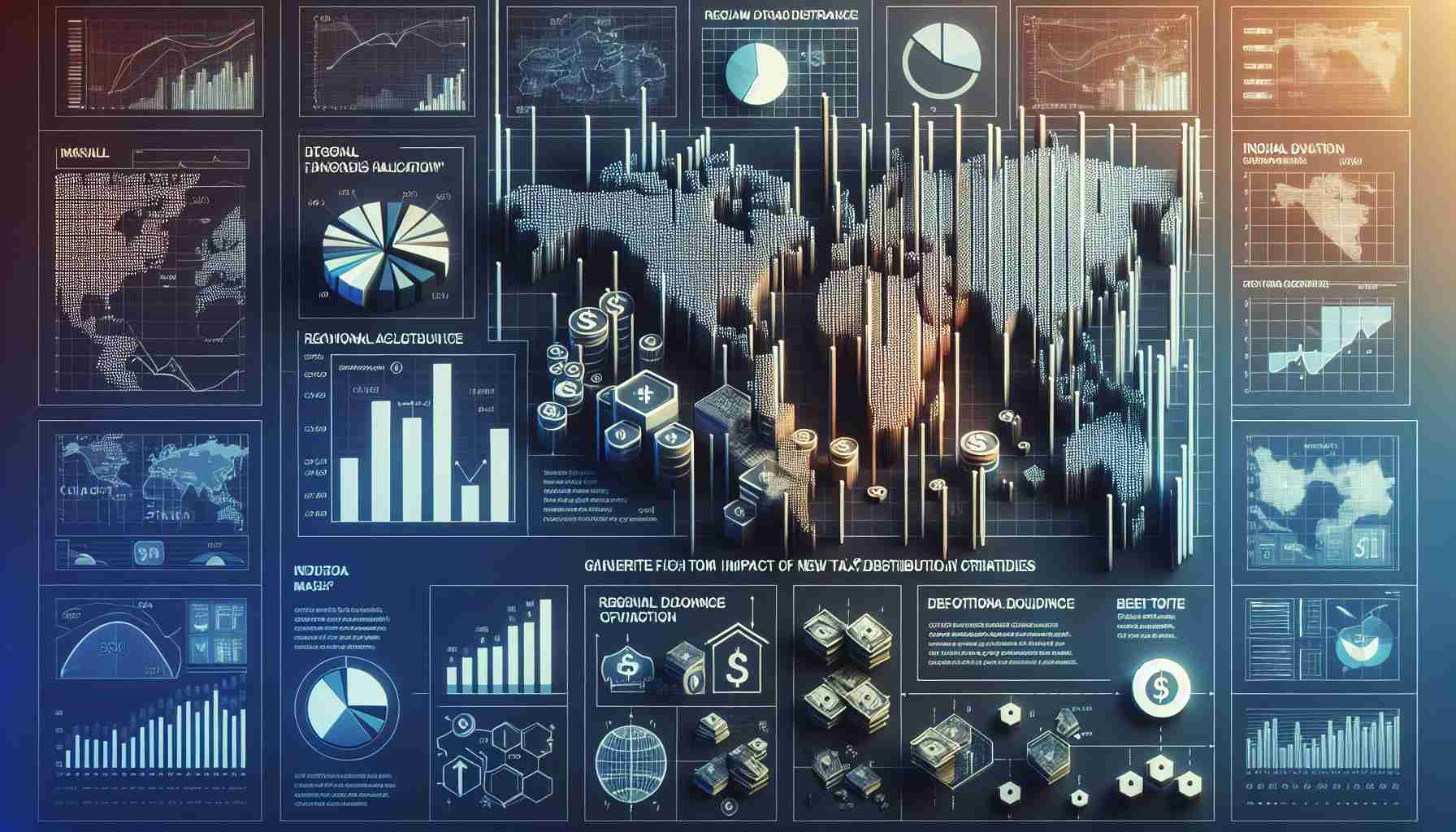Have you ever wondered how many Bitcoins are still out there waiting to be discovered? As of 2023, this is a pressing question for cryptocurrency enthusiasts and investors alike. Initially, Bitcoin’s creator, Satoshi Nakamoto, capped the supply at 21 million Bitcoins, introducing an innovative element of scarcity to the digital currency landscape. But how many Bitcoins remain unmined?
Approximately 19.5 million Bitcoins have already been mined, which leaves around 1.5 million Bitcoins still left to be unearthed. The current Bitcoin protocol ensures that new Bitcoins are generated roughly every ten minutes through a process called mining. As time goes on, this process becomes increasingly challenging due to the Bitcoin halving mechanism.
Every four years, or after 210,000 blocks are mined, the number of Bitcoins awarded to miners for each new block is halved. This mechanism not only controls inflation but also ensures that the last Bitcoin won’t be mined until around the year 2140. As such, over 100 years remain before the supply cap is fully reached.
Despite fewer Bitcoins left to mine, interest in the cryptocurrency shows no signs of waning. The finite nature of Bitcoin maintains its appeal as a store of value akin to gold. Enthusiasts view these dwindling opportunities to mine new Bitcoin as an exciting challenge, poised to influence Bitcoin’s value and the broader financial landscape for generations to come.
Bitcoin’s Future – Unveiling Surprising Facts That Could Change the World!
Bitcoin, the revolutionary digital currency, is more than just a cryptocurrency; it’s a transformative force with profound implications for individuals and countries alike. With only 1.5 million Bitcoins left to mine, the question isn’t just about scarcity but about the ripple effects of this limitation.
What happens when all Bitcoins are mined? As the supply tapers off, it could drastically alter the financial market. The halving mechanism, while intended to prevent inflation, creates a paradox where scarcity might value Bitcoin more than global currencies. This scarcity is driving nations and wealthy individuals to hoard Bitcoin, anticipating future value.
Interestingly, the environmental implications of Bitcoin mining cannot be overlooked. The process is energy-intensive, sparking debates about sustainable practices. Some countries like Sweden have warned against the high energy consumption of crypto mining, pushing for more eco-friendly alternatives.
The current distribution of Bitcoins also raises questions about economic equality. With most Bitcoins circulating among a limited number of addresses, wealth inequality might mirror that of traditional currency systems. Could this digital divide exacerbate social inequalities?
As more countries consider launching their digital currencies, known as Central Bank Digital Currencies (CBDCs), the contrast with Bitcoin’s decentralized nature may redefine global financial structures. Governments find themselves in a balancing act, exploring potential regulations without stifling innovation.
Discover more about Bitcoin and its fascinating underbelly on trusted platforms like CoinDesk or Blockchain, where you’ll find deeper insights into how this digital gold continues to shape our world.
















